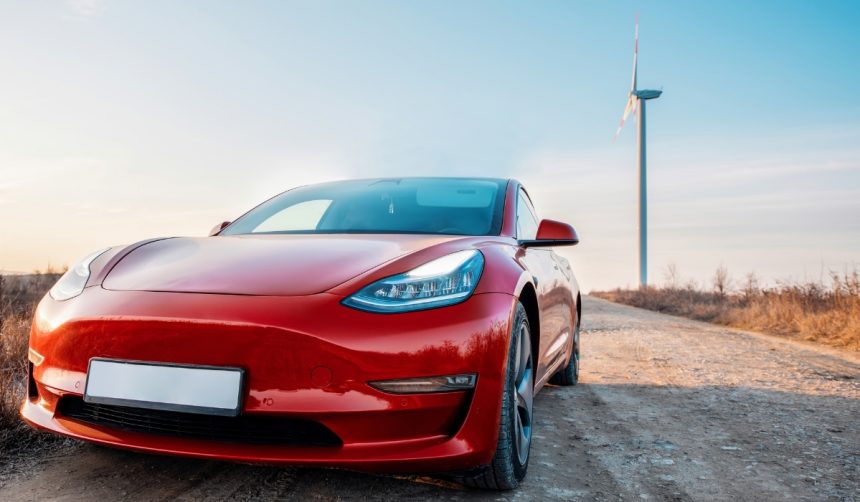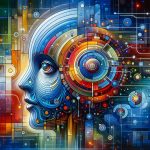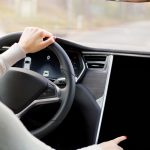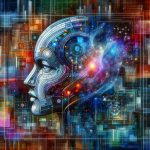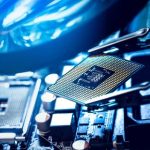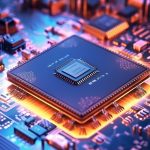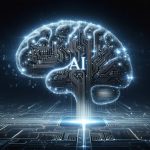A 16-year-old’s attempt to earn a driver’s license in New Jersey sparked discussion among both technology advocates and regulatory authorities after his use of a 2022 Tesla Model Y in the driving test led to failure. The incident underscores increasing tension between rapid advances in vehicle automation and the policies governing driver certification. Awareness of how vehicle features might affect test outcomes is growing among prospective drivers and their families, with concerns emerging over inconsistent rule enforcement. Automated functions like regenerative braking and parking assistance, now prevalent in electric and modern vehicles, present new challenges for both examiners and applicants. This case also highlights the knowledge gap between vehicle testers and the latest automotive technologies.
Instances involving Tesla models and licensing authorities have surfaced before, both in the United States and internationally. Reports from Arizona and California reveal similar confusion about specific features such as regenerative braking and parking assistance during driving examinations. These precedents illustrate broader uncertainty within licensing authorities regarding how to assess driver ability in vehicles offering various levels of automation. Unlike cases that hinge solely on Tesla’s proprietary Full Self-Driving suite, standard features embedded across the company’s lineup and integrated in many EVs have increasingly become the focus of scrutiny and misunderstanding during testing procedures.
Why Did the Driving Examiner Fail the Applicant?
The driving examiner attributed the test failure to the purported use of “parking and stopping assistance” by the applicant. Despite assertions from the family that they do not subscribe to Tesla’s Full Self-Driving package—which includes features like Autopark and Navigate on Autopilot—the examiner believed automated systems intervened during crucial moments of the test, specifically while stopping and parallel parking.
Was Regenerative Braking Misinterpreted During the Test?
Evidence suggests that the examiner misunderstood the vehicle’s regenerative braking system, a standard function in all Tesla vehicles and in many electric models. Regenerative braking automatically decelerates the car when the accelerator pedal is released and recharges the battery, but the test administrator reportedly equated this with active driver assistance rather than typical operational behavior. The confusion led to the applicant’s penalization for what is, in essence, standard operation in electric vehicles.
Did the DMV Clearly Communicate Relevant Policies?
“I asked them to show me the policy they claimed we were violating. They couldn’t find it and they couldn’t cite it. When I showed them the policy, they refused to read it.”
In the aftermath, the applicant’s parent challenged the basis for failure, citing a lack of transparent policy from the DMV regarding the use of semi-automated vehicle features during testing. The request to retake the test with adjustments was refused, with officials unable to produce or clarify a specific guideline concerning such technology.
The ongoing ambiguity within licensing agencies regarding vehicles like the Tesla Model Y complicates the testing experiences of new drivers. Variations in examiner understanding and application of technology-related rules frequently lead to conflicting outcomes, even when applicants do not employ advanced features explicitly. Notably, many electric vehicles—not just Tesla—are equipped with systems that handle braking and parking in ways that differ from traditional combustion-engine cars, sometimes resulting in misunderstanding during tests. This discrepancy between evolving vehicle capabilities and regulatory processes is contributing to a broader conversation about updated testing standards and examiner training, especially as mainstream models from Nissan, Ford, Hyundai, and others introduce similar features.
Greater clarity in testing protocols will become important as more drivers use vehicles equipped with automated features, whether standard or optional. Selecting a vehicle for a driving test may increasingly hinge on how familiar local examiners are with certain technologies, which may disadvantage EV owners unless adjustments are made by licensing authorities. Applicants, parents, and driving instructors might benefit from consulting their state’s DMV for clarification on acceptable vehicle features during exams. As automation in automotive technology continues to spread across brands and models, alignment between examiners’ understanding and manufacturers’ intent is necessary to ensure fair and relevant evaluations for all candidates.
- DMV officials failed a teen for using Tesla’s standard functions.
- Similar conflicts involving electric vehicles have happened in other states.
- Clarifying testing guidelines helps prevent misunderstandings with new vehicle technology.

